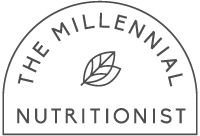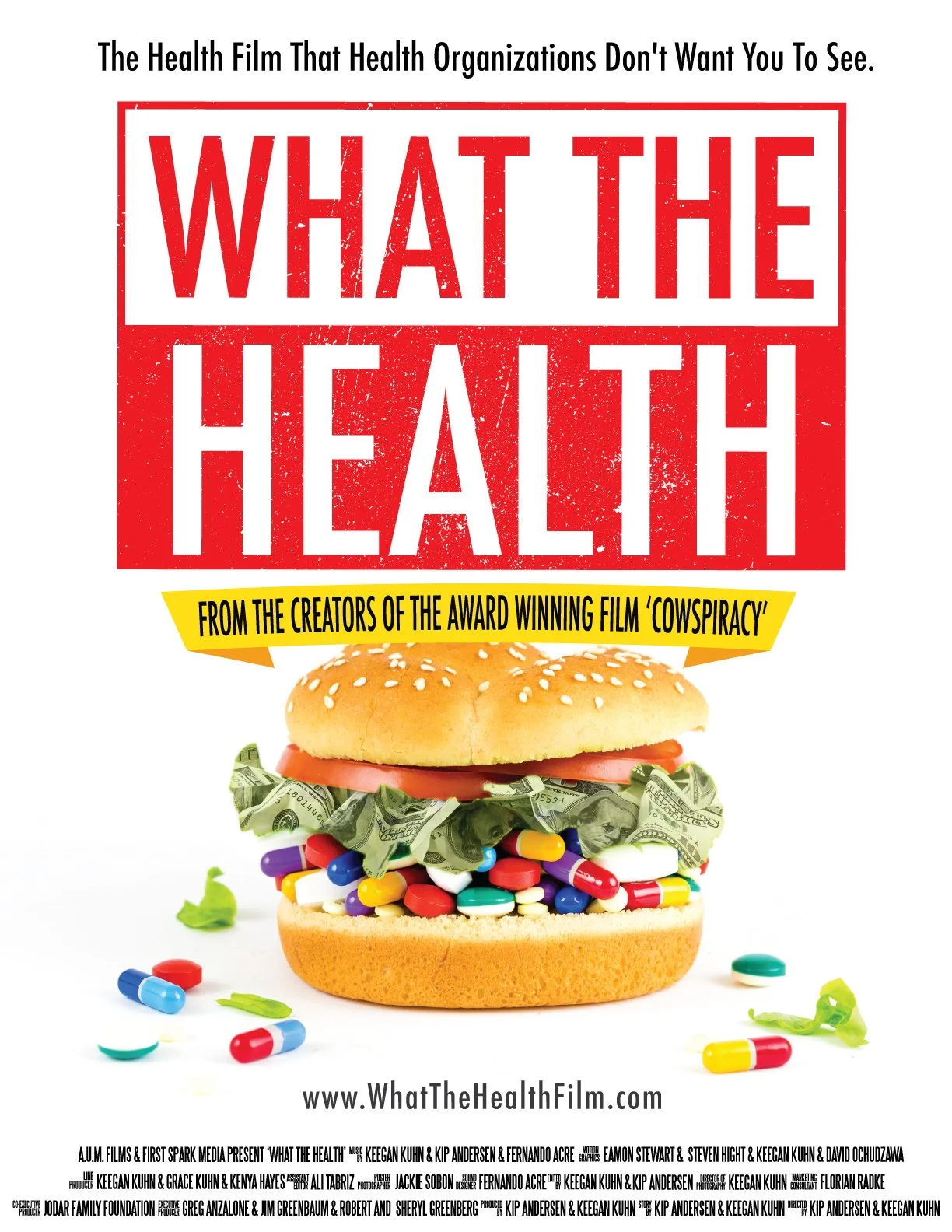Creating a Satisfying Salad: Unleash the Power of Protein and Healthy Fats
By Vanessa Carrillo
Salads are often hailed as a healthy choice for weight loss or overall well-being. However, many people find themselves feeling unsatisfied or hungry shortly after eating a salad. The key to building a filling salad lies in incorporating protein and healthy fats while exploring a variety of greens. In this blog post, we'll delve into the art of crafting a satisfying salad that will keep you full and nourished. By embracing protein-rich ingredients, embracing healthy fats in moderation, and exploring beyond iceberg lettuce, you can create a salad that satisfies both your taste buds and your hunger.
Power Up with Protein:
Protein is a crucial component of a filling salad. It not only provides essential nutrients but also helps promote satiety, keeping you fuller for longer. Include protein sources such as grilled chicken, lean turkey, hard-boiled eggs, tofu, chickpeas, or a variety of beans in your salad. These ingredients will not only add flavor and texture but also ensure your salad is a satisfying and complete meal.
Embrace Healthy Fats:
Contrary to popular belief, fats can actually contribute to a feeling of fullness. Including healthy fats in your salad can enhance both taste and satiety. Opt for sources like avocado slices, hummus, nuts (such as almonds or walnuts), seeds (such as chia or flaxseeds), or a drizzle of extra virgin olive oil. A little goes a long way in terms of flavor and satisfaction.
Beyond Iceberg Lettuce:
Explore Dark Leafy Greens: While iceberg lettuce has its place in salads, exploring a variety of dark leafy greens can elevate both taste and nutritional value. Experiment with greens such as spinach, kale, arugula, watercress, or mixed spring greens. These varieties offer an array of flavors and textures, along with an abundance of vitamins, minerals, and antioxidants that contribute to overall well-being.
Crunch and Color with Vibrant Veggies:
Incorporating a vibrant assortment of vegetables not only adds visual appeal to your salad but also enhances its filling factor. Load up on colorful veggies like bell peppers, cherry tomatoes, cucumbers, carrots, radishes, or shredded cabbage. These vegetables provide essential fiber, vitamins, and minerals, contributing to a satisfying and nutritious salad.
Dressing Done Right:
A well-crafted dressing can take your salad from ordinary to extraordinary. However, store-bought dressings often contain added sugars and unhealthy fats. Consider making your own dressing using tastier options like Greek yogurt, balsamic vinegar, lemon juice, or tahini. Experiment with different herbs and spices to add flavor without the excess calories.
Final Thoughts
Building a filling salad is all about creating a harmonious balance of protein, healthy fats, and nutrient-rich ingredients. Don't skip protein, as it plays a vital role in satisfying your hunger. Embrace healthy fats in moderation to enhance taste and promote satiety. Step out of the iceberg lettuce comfort zone and explore a variety of dark leafy greens to boost nutrition. Remember to add a burst of color with vibrant veggies and craft a delicious dressing using healthier options. By following these tips, you can create a salad that leaves you feeling nourished, satisfied, and excited to make healthy choices.
Did you learn something new by reading this article? Yay! Our articles are curated by nutrition professionals to benefit YOU and your lifestyle goals. If you’re looking for additional tips, tricks, and opportunities to work with a nutrition professional, click here to learn more about The Millennial Nutritionist and its services.










